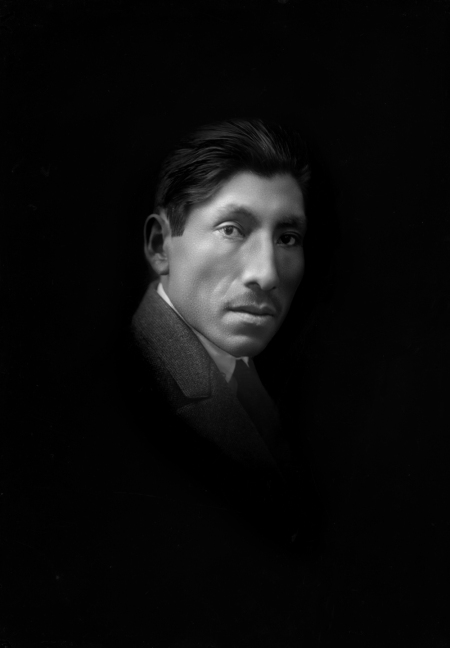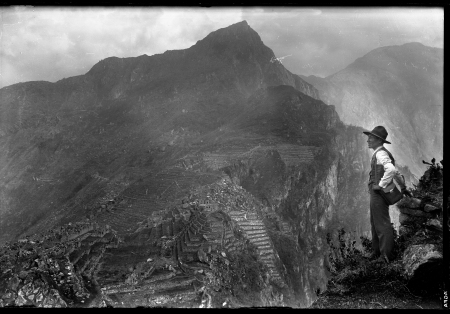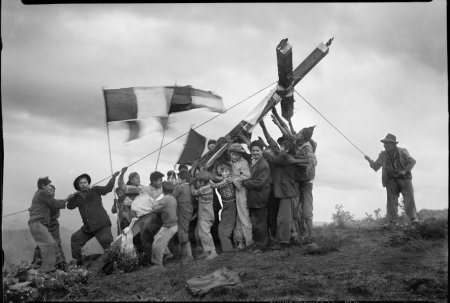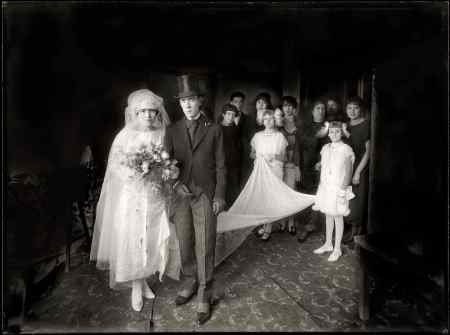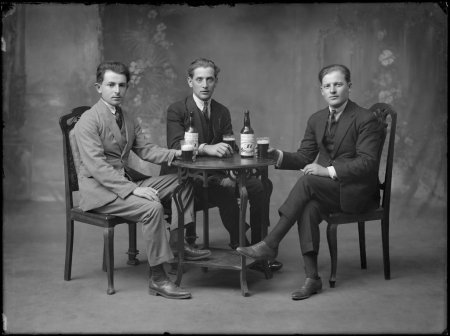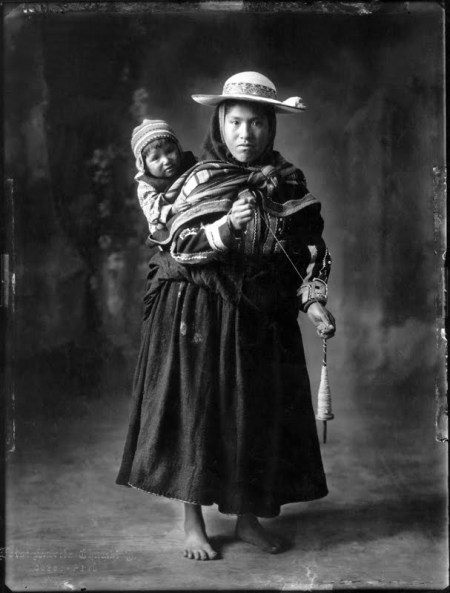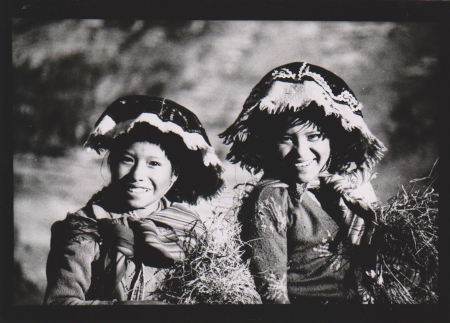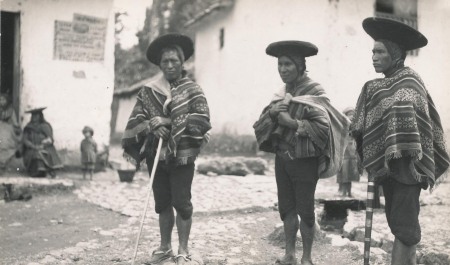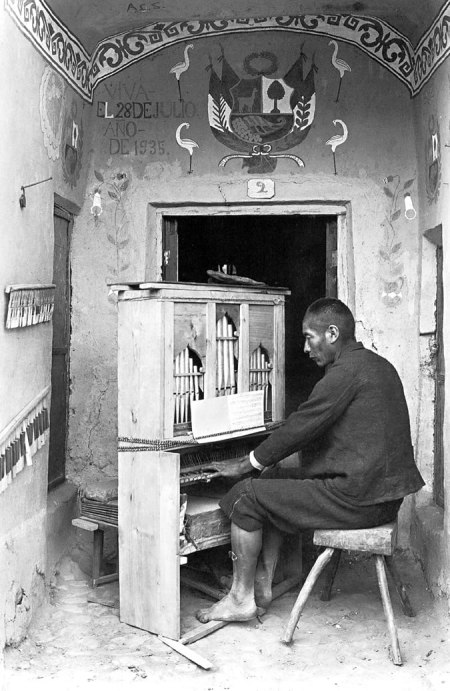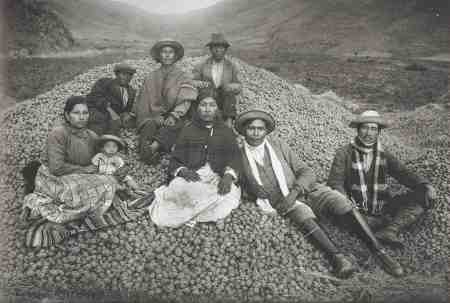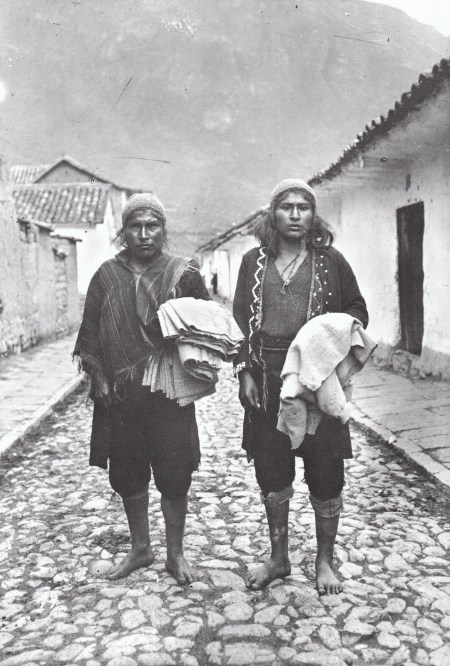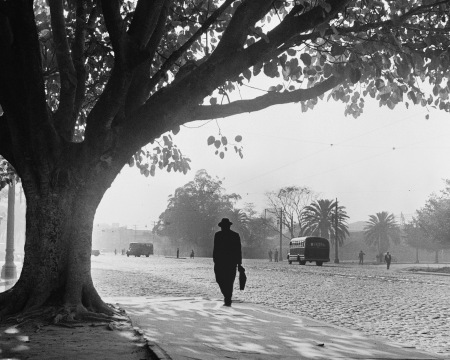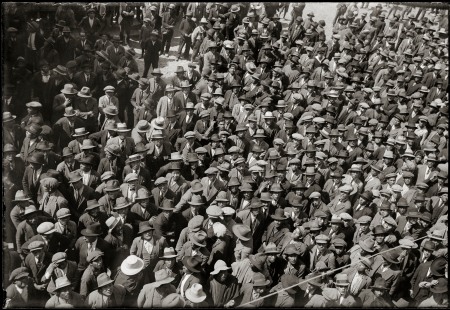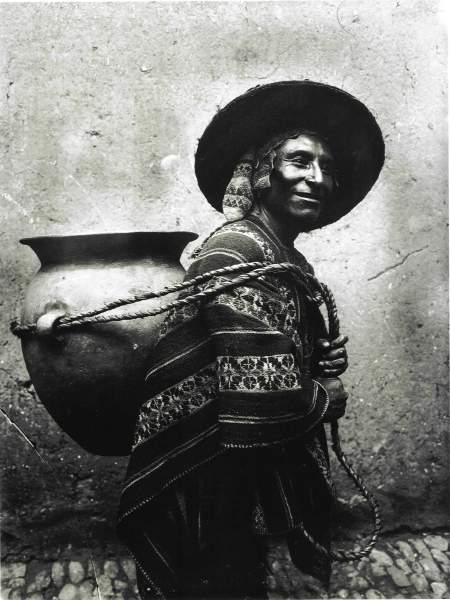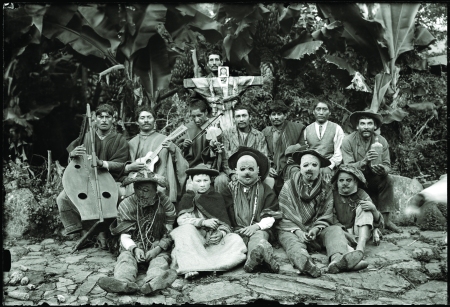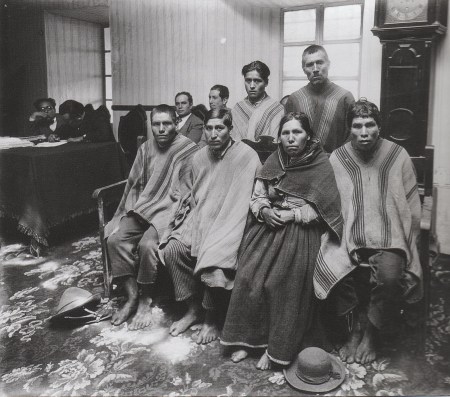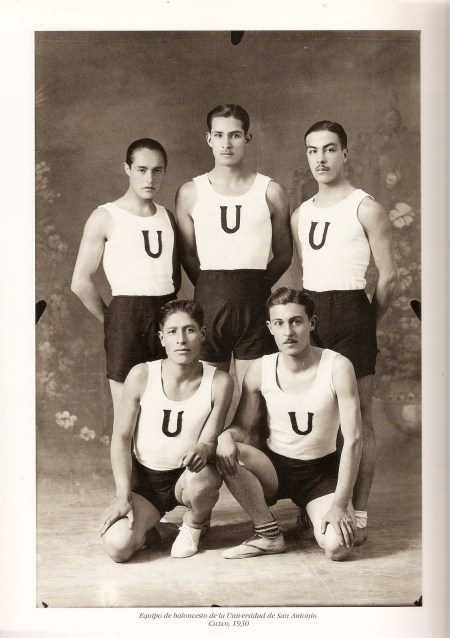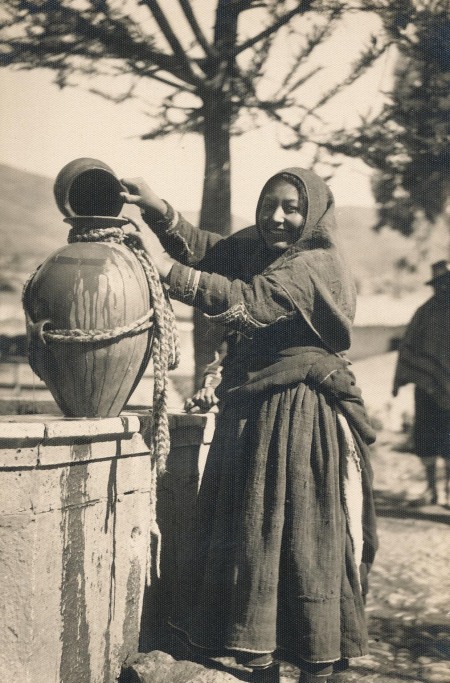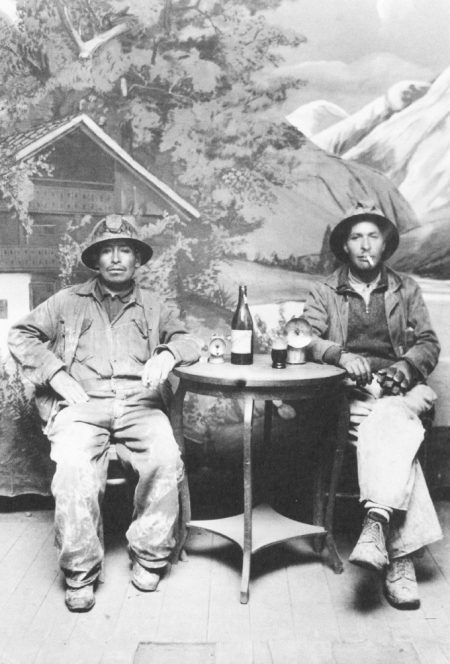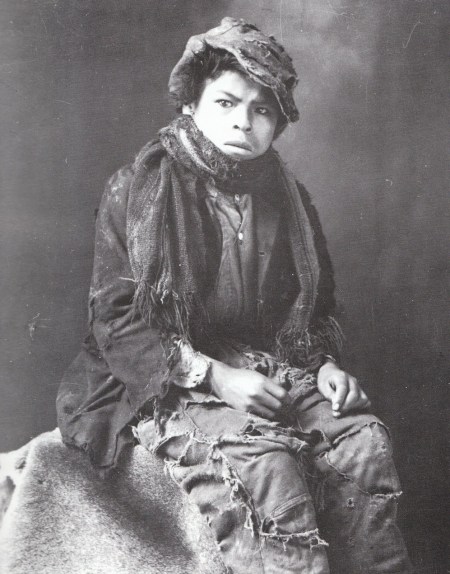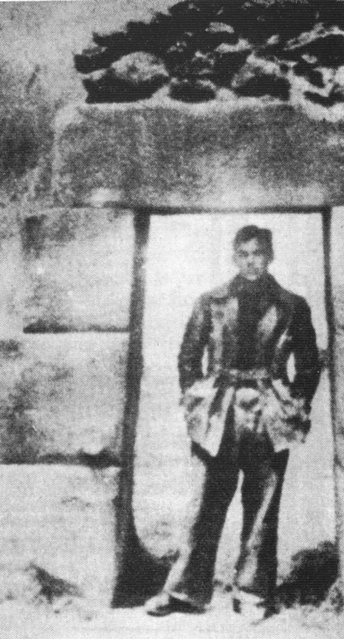The book recounts the experiences of boarding students of the Colegio Militar Leoncio Prado especially Alberto Fernandez “the Poet”, The Jaguar, Ricardo Arana “Slave”, the mountain Cava, The Boa, Curly, Brigadier Arróspide and black Vallano, who are in their senior year, the first section, and are eager to leave once the hole where they are. Of these, the most timid is Ricardo Arana, so always humiliated by his peers, thus receiving the nickname “The Slave” is the only one who can not adapt and feel alien to the whole school despite live day and night with their peers in the classroom and in the barracks (dorms).
Every day the students get up early to train and receive their classes. Lt. Gamboa directs the formation and punishes the last three in line. The lifestyle of the inmates is heavy and humiliating for some. The story goes back to long ago, when Alberto Fernandez and his colleagues just entering the school to enroll in the junior year, and receive “baptism” by the fourth graders, which also involved the fifth. This “baptism” was degrading to treat them as a “dog”, a name with which they were known to students in lower grades. The Jaguar is the only one they can not “baptized”, as opposed to violence and even the match ends in a student’s room. As the “baptism” lasted a month, the Jaguar and the pupils of the same section decided to form a “Circle”, to defend and avenge the fourth-year students. The “Circle” is discovered by Lieutenant Gamboa and the entire section is punished. However, the Jaguar maintains the group, but reduced his three closest friends: the peasant Cava, Curly and Boa. All of them, including “deeds” reselling stolen uniforms, organize the entry of liquor and prohibited material in the School (erotic magazines, cigarettes, etc.) Carried dice and cards, and plan the theft of the responses reviews, the novel begins precisely at the time of the theft made chemistry exam. But the mountain Cava, who is charged with this mission, you are not careful and break the glass of a window, so that the “Circle” are afraid of being discovered. However, confident that all are discreet and do not betray anything. But that night, The Slave and Alberto are of imaginary (guards per shift) and find out the robbery.

Alberto and the Slave begin to make friends and have their secrets. The slave wanted to leave the weekend to visit a girl named Teresa, his neighbor, which he loved, but which have not yet dared to propose. Albert, known as the Poet, was sought by the cadets to write love letters to the love and erotic novels, and slave asks him to type a few letters. During the chemistry exam, a rolled paper with survey responses fall into the folder Alberto, but Gamboa discovers and directs the responsible stand. The Slave Gamboa up pleading guilty and confined him not to leave the weekend. That same Saturday Alberto decides to take her out to go where the famous “Golden Feet,” a harlot of the shred Huatica in the district of La Victoria, at the same time offering to bring a letter from the Slave to Teresa, who lived in the district Lynx. Alberto invited to the cinema to Teresa, and begins to fall for her, even though deep down he feels bad for his friend so lacking. Back home in Miraflores, to spend the night, not wanting to go where the “Golden Feet.”
As was feared, they discover the theft of exam questions in chemistry, and Lt. Gamboa confined to students who were imagined that night, that is, The Slave and Alberto, preventing him out until they found the person responsible. The slave, who already had a string of confinement, not take any more punishment and instead of “shoot at” (sneaking out of school), rather betray the guilty, Cava, this is broken down and removed. This punishment was terrible because the expelled student and lost all the years I had attended.

The Jaguar and others swear Circle discover the snitch and a well deserved punishment. Meanwhile, the slave gets permission to leave the school that afternoon and thus be able to visit Teresa. Alberto is jealous, because it is also in love with Teresa and escape from the school to advance to the Slave. When he gets where he learns that Teresa had not yet visited the Slave. Albert took the opportunity to declare his love and Teresa belongs. The slave does not come to visit her parents because Teresa from leaving home.

The college life seems to follow their normal routine, but then a serious incident occurs. During an output target practice, to a field outside the school, Lieutenant Gamboa formations makes climbing a small rise of ground, but at the time of the maneuver, a student collapses to the ground. Was the slave, no one notices until moments later when he discovered badly injured. One bullet, apparently by accident, he had hit his head.
The slave is brought to the school clinic but died shortly afterwards. His funeral was held at the whole school. School officials explained that the cadet was a victim of its own error, to tangle with the trigger of his gun and fell to the floor, shooting, in fact hide the proven fact that the shot had come back. Suspect an error in the handling and responsibility to Gamboa and the other officers for not being careful, but to avoid a scandal, maintaining the official version of the cadet error.
The whole section is shocked by the incident. Alberto does not believe the official version of death and begins to suspect it was an act of revenge by the Circle, so the accusation against serrano Cava. The fact that Jaguar is immediately behind the Slave when maneuvering makes it more convincing in his suspicions. Tormented by the idea out of school and goes where Teresa, who has the sad event, it confused by such news, simply answer that Ricardo knew very little, although it was his neighbor, and tries to comfort Alberto, asking what else was concerned. Alberto bother with Teresa, believing indifferent to the death of his friend, and they end up fighting. Al final farewell to Teresa Albert, with the feeling that you no longer see her again.
Lieutenant Alberto Gamboa visit to his home and accused of the murder of Slave Jaguar. At the same time, reveals trafficking of liquor and cigarettes, dice games and the theft of uniforms that the Circle made secretly in the stables. Gamboa is taking the case to a real investigation and for now shut the Jaguar starts in a dungeon for Prevention, and conducts an inspection of the stables, which verifies the statement made by Albert, but as for the charge of murder, this does not succeed for lack of concrete evidence. Alberto insists his complaint, then the highest ranking officer, a colonel called his office and demands to stop insisting otherwise his version would be easily refuted, since the inspection in the barracks also brought to light their high demand “erotic novels” which show his great imagination and no reliability as a witness. It would also be expelled for sexual pervert and no school would receive. Alberto declines over time and does not insist in its complaint. At present it is confined in the jail where he was the Jaguar, waiting for the order of the Lieutenant to send it back to the barn. The Jaguar and Alberto discussed. At all times the Jaguar denies being the murderer of the Slave, Alberto, meanwhile, confesses that it was he who was charged with the lieutenant. Both cling to blows, taking the brunt Alberto. After passing through nursing, returning to the block.

The whole section, headed by Brigadier Arróspide, believes that Jaguar had ratted him liquor and cigarettes, and turn against them, several students around him and beat him brutally. However, the Jaguar reveals no Alberto as the real snitch, but he feels very bad to be treated well by their peers who had once taught to combat abuse of the elderly. For his part, Lt. Gamboa is disappointed in himself. The incident makes him fall into disgrace with his superiors, who decide to send to Juliaca. Before his departure, Jaguar delivers a letter, confessing that he killed the slave, believing that with this confession, the lieutenant would be rehabilitated, but he replied that it is too late because the Army had already decided that the death of Ricardo had was accidental and would not change one iota to avoid a scandal, the only thing Jaguar is asked to change and take something out of what happened.
Later, after leaving school, Alberto, who has already forgotten about Teresa, is preparing to go to the United States as the memories of Colegio Leoncio Prado are becoming more distant, impersonal. Meet a new member of his neighborhood, Marcela and falls for her. On the other hand, the Jaguar gets a job and meets his childhood sweetheart, Teresa (the same that was fleeting love slave and Alberto), whom he marries, thus changing the image that until then the reader Jaguar had made, making it a more complex character than expected. The uniqueness of the story is that throughout it is sandwiched Jaguar history before entering the Military Academy without mentioning his nickname, and only at the end of the story the reader little attentive to the details of the story he learns that it is the same.
